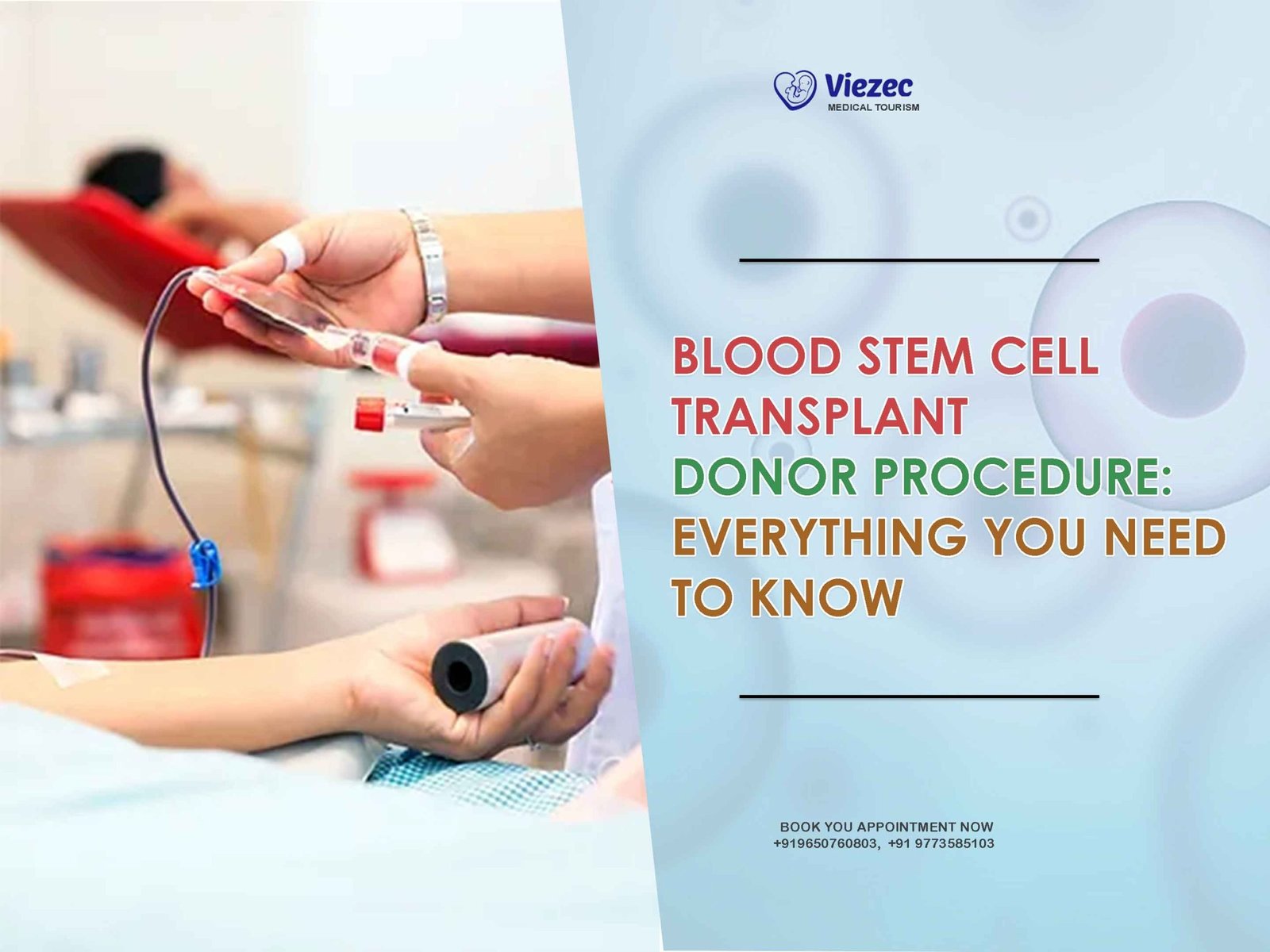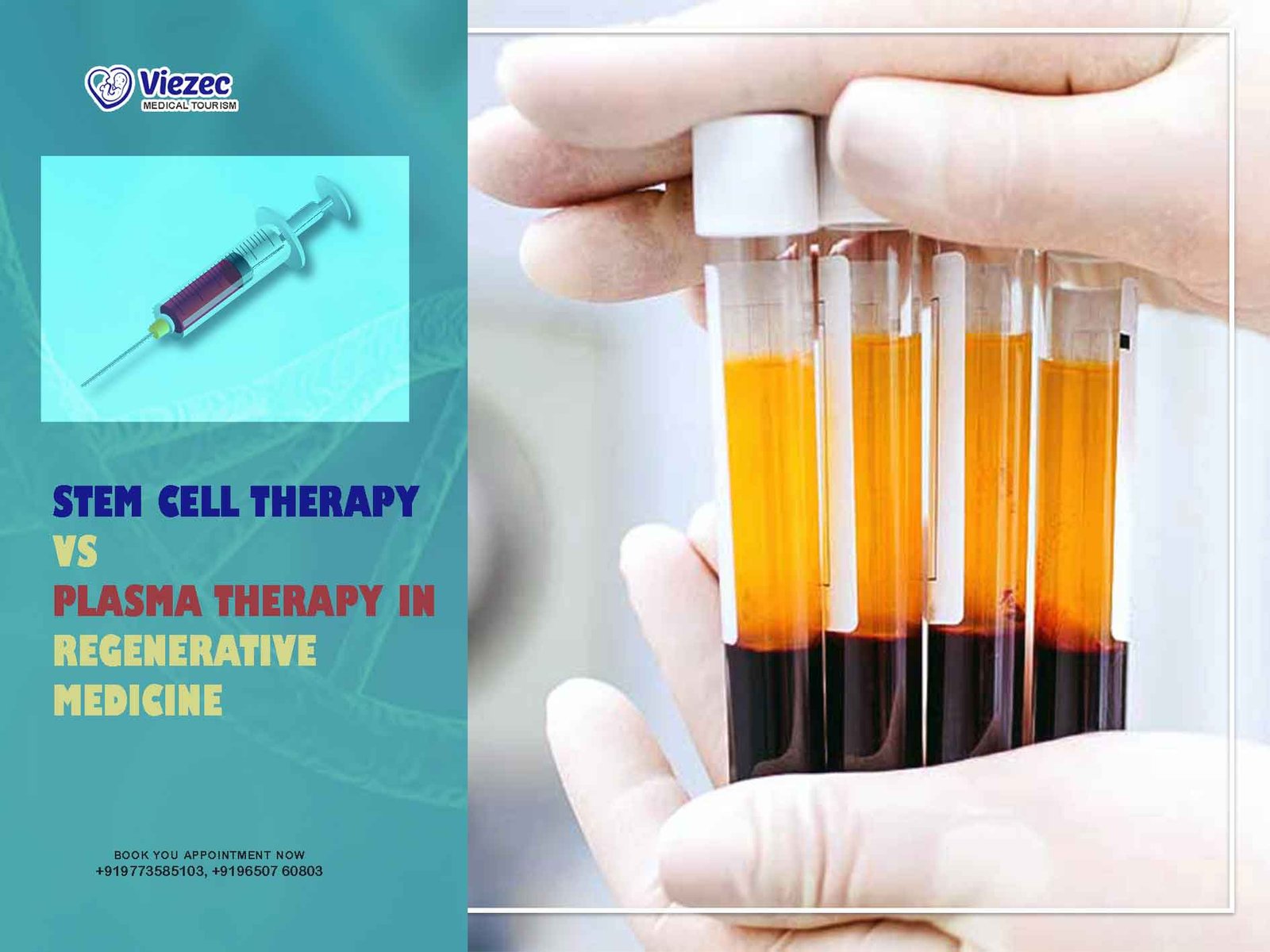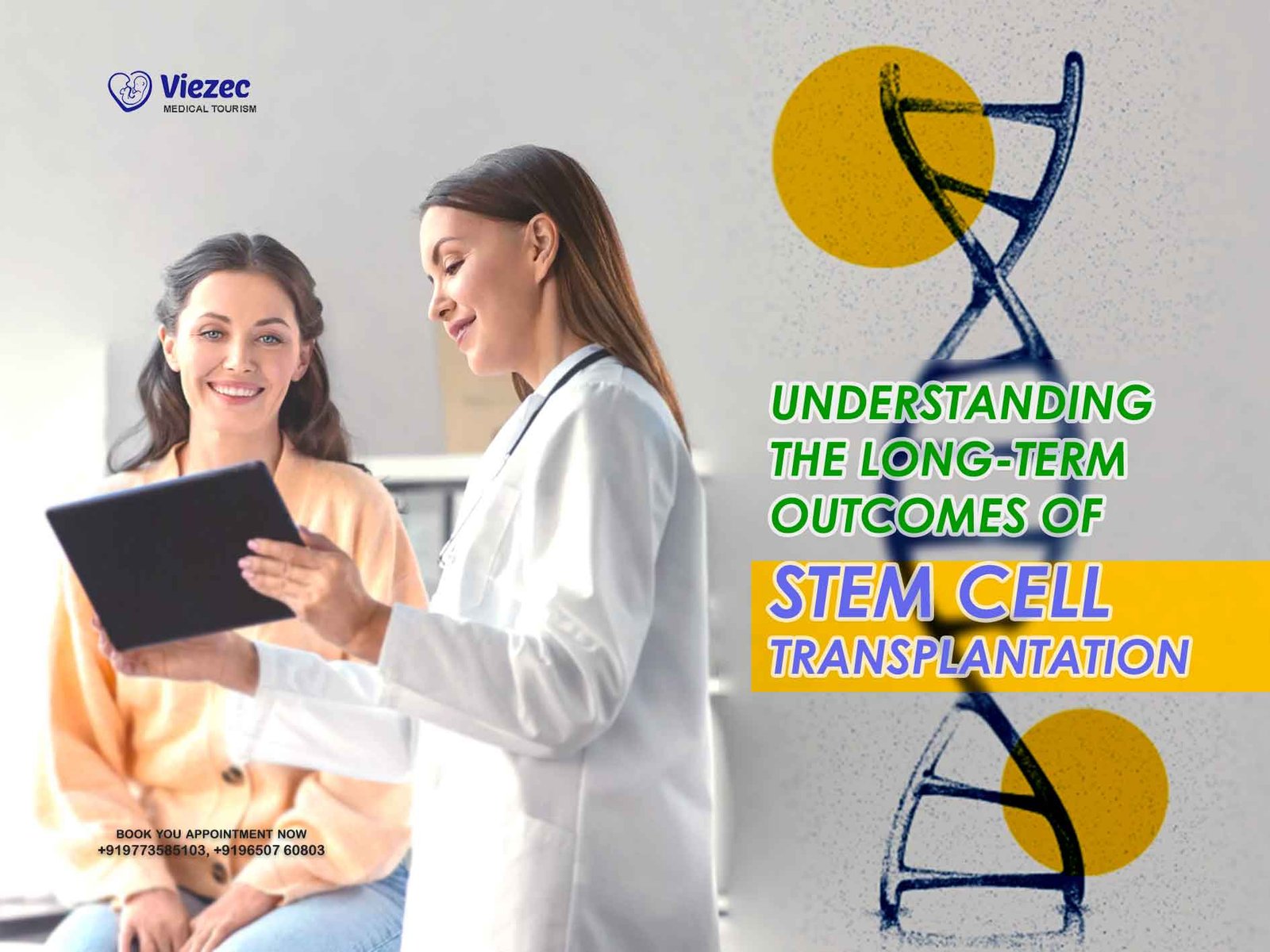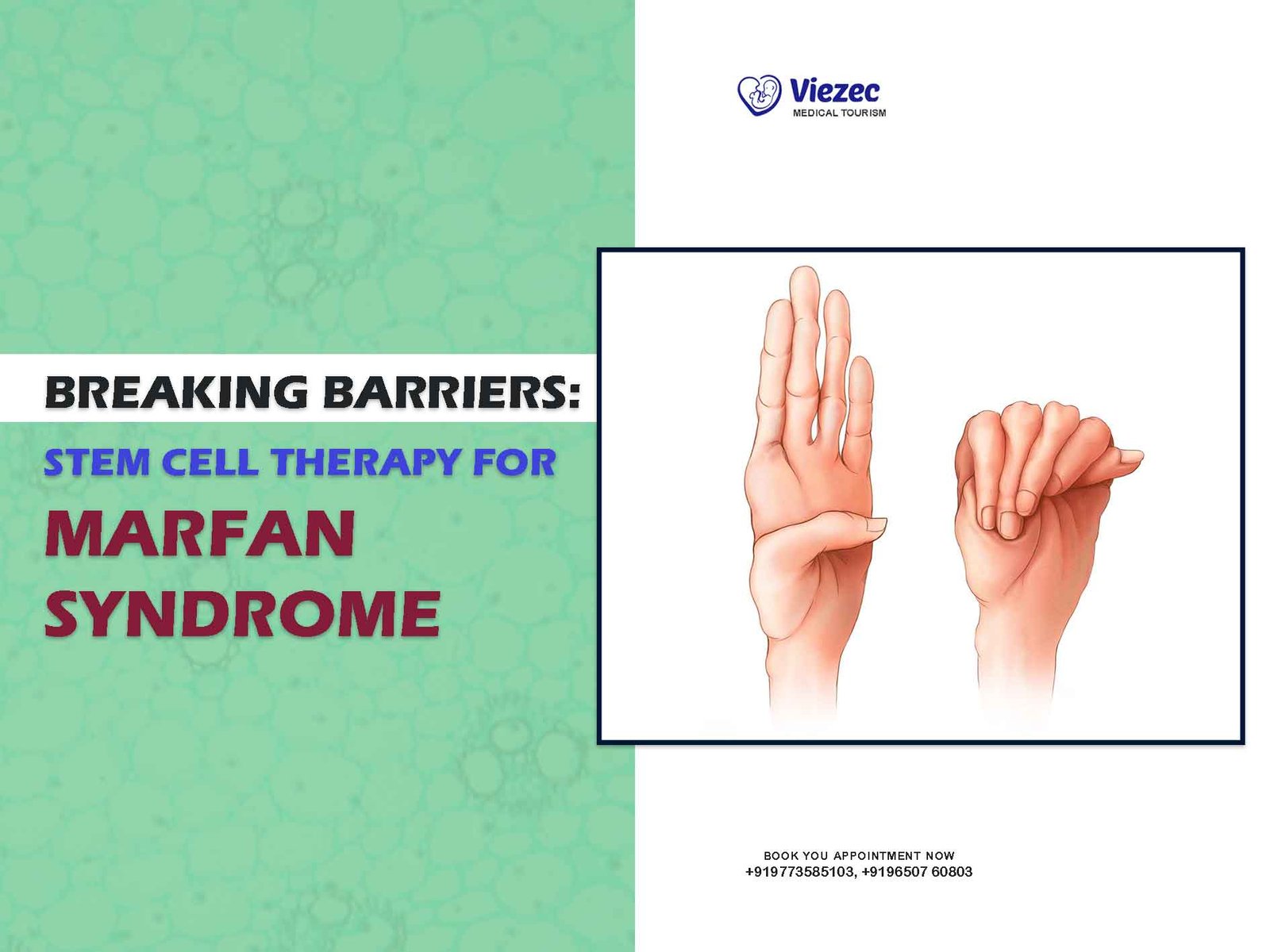Stem cell transplants have revolutionized medical treatment for a variety of diseases, offering hope to patients facing conditions like leukemia, lymphoma, and certain genetic disorders. Among the various types of stem cell transplants, blood stem cell transplantation has emerged as a critical procedure for treating many of these illnesses. However, the success of such transplants relies heavily on finding a suitable donor match. In this comprehensive guide, we’ll delve into the intricacies of blood stem cell donation, from understanding the procedure to the impact it can have on both donors and recipients.
Understanding Blood Stem Cells
What Are Blood Stem Cells?
Blood stem cells, also known as hematopoietic stem cells, are a type of cell found in bone marrow and peripheral blood. These cells have the remarkable ability to develop into different types of blood cells, including red blood cells, white blood cells, and platelets. This versatility makes them invaluable for treating diseases that affect the blood and immune system.
Importance of Blood Stem Cell Transplants
Blood stem cell transplants are used to replace damaged or diseased stem cells with healthy ones. This procedure can be a life-saving treatment for individuals with conditions such as leukemia, lymphoma, myeloma, and certain genetic disorders. By providing a new source of healthy stem cells, transplants offer patients a chance for remission or cure when other treatments have failed.
Donation Process
Finding a Donor Match
The success of a blood stem cell transplant depends on finding a compatible donor. This compatibility is determined by human leukocyte antigen (HLA) markers, which are proteins found on the surface of cells. Patients are most likely to find a match within their own family, but for many, an unrelated donor is their best hope.
Donor Registration
Individuals interested in becoming stem cell donors can register with national and international registries. Registration typically involves providing a sample of saliva or blood for HLA typing. Once registered, donors may be called upon if they are found to be a match for a patient in need.
Pre-Donation Screening
Before donating stem cells, potential donors undergo a thorough medical evaluation to ensure they are healthy and fit for the procedure. This evaluation includes blood tests, a physical examination, and a review of the donor’s medical history. Donors are also given information about the donation process and any potential risks involved.
Donation Options
There are two primary methods of collecting blood stem cells: peripheral blood stem cell (PBSC) donation and bone marrow donation.
Peripheral Blood Stem Cell (PBSC) Donation
PBSC donation is the most common method and involves the administration of medication to stimulate the production of stem cells in the donor’s bloodstream. Once the stem cell count is sufficiently high, the cells are collected via a process called apheresis. During apheresis, blood is drawn from the donor’s arm, passed through a machine that separates out the stem cells, and then returned to the donor’s body.
Bone Marrow Donation
Bone marrow donation is a surgical procedure performed under general anesthesia. A needle is inserted into the pelvic bone to withdraw marrow containing stem cells. While this method may involve some discomfort and recovery time, many donors find it to be a rewarding experience knowing they are potentially saving a life.
Donation Procedure
Peripheral Blood Stem Cell Donation Procedure
- Preparation: Before the donation, donors receive injections of a medication called filgrastim for several days to increase the number of stem cells in their bloodstream.
- Apheresis: On the day of the donation, the donor is connected to a machine via intravenous lines in both arms. Blood is drawn from one arm, passed through the apheresis machine, and returned to the donor through the other arm. The process typically takes a few hours and may need to be repeated over multiple days to collect a sufficient number of stem cells.
Bone Marrow Donation Procedure
- Preparation: Donors undergo a thorough medical evaluation to ensure they are healthy and fit for the procedure. They are also given instructions on how to prepare for the donation, including fasting before the surgery.
- Donation: The donation is performed in a hospital or outpatient surgical center under general anesthesia. Using a special needle, marrow is withdrawn from the back of the pelvic bone. The amount of marrow collected depends on the recipient’s weight and other factors.
- Recovery: After the procedure, donors are monitored closely for any complications. Most donors experience soreness in the lower back for a few days and may need pain medication. It may take several weeks for donors to fully recover and return to their normal activities.
Post-Donation Follow-Up
After donating stem cells, donors are monitored closely to ensure they recover safely. Follow-up appointments may include blood tests to check for any changes in blood cell counts and to assess the donor’s overall health. Donors are also encouraged to report any unexpected symptoms or concerns to their healthcare provider.
Impact on Donors and Recipients
Impact on Donors
Physical Effects
While the donation process for blood stem cells is generally safe, donors may experience some temporary side effects. Common side effects of PBSC donation include headaches, muscle aches, and fatigue, which typically resolve within a few days. Bone marrow donors may experience soreness at the donation site and fatigue, which can last for several weeks.
Emotional Impact
Donating blood stem cells can be a deeply emotional experience for donors, knowing they are potentially saving a life. Many donors report feeling a sense of fulfillment and pride in their decision to donate. However, some may also experience anxiety or apprehension leading up to the donation, which is normal and should be addressed with support from healthcare providers and loved ones.
Impact on Recipients
Treatment Success
For recipients of blood stem cell transplants, the procedure offers hope for remission or cure from life-threatening diseases. The success of the transplant depends on factors such as the patient’s underlying condition, the type of transplant performed, and the degree of HLA matching between donor and recipient. While transplants can be a challenging process with potential risks, many patients go on to lead healthy, productive lives thanks to this life-saving treatment.
Quality of Life
Beyond survival, blood stem cell transplants can significantly improve the quality of life for recipients. For individuals with diseases like leukemia and lymphoma, transplants offer a chance to regain normal blood cell production and immune function, reducing the need for ongoing medical treatment and hospitalizations. This can allow patients to return to work, school, and other activities they enjoy, free from the burden of their illness.
Blood stem cell transplantation is a complex procedure with the potential to save lives and improve outcomes for patients with a variety of diseases. From finding a compatible donor to undergoing the donation process, every step plays a crucial role in the success of the transplant. By understanding the procedure and its impact on both donors and recipients, we can appreciate the significance of this life-saving treatment and the hope it offers to individuals and families facing serious medical challenges. Whether you’re considering becoming a donor or supporting a loved one through the transplant process, knowing what to expect can make a meaningful difference in the journey ahead.









